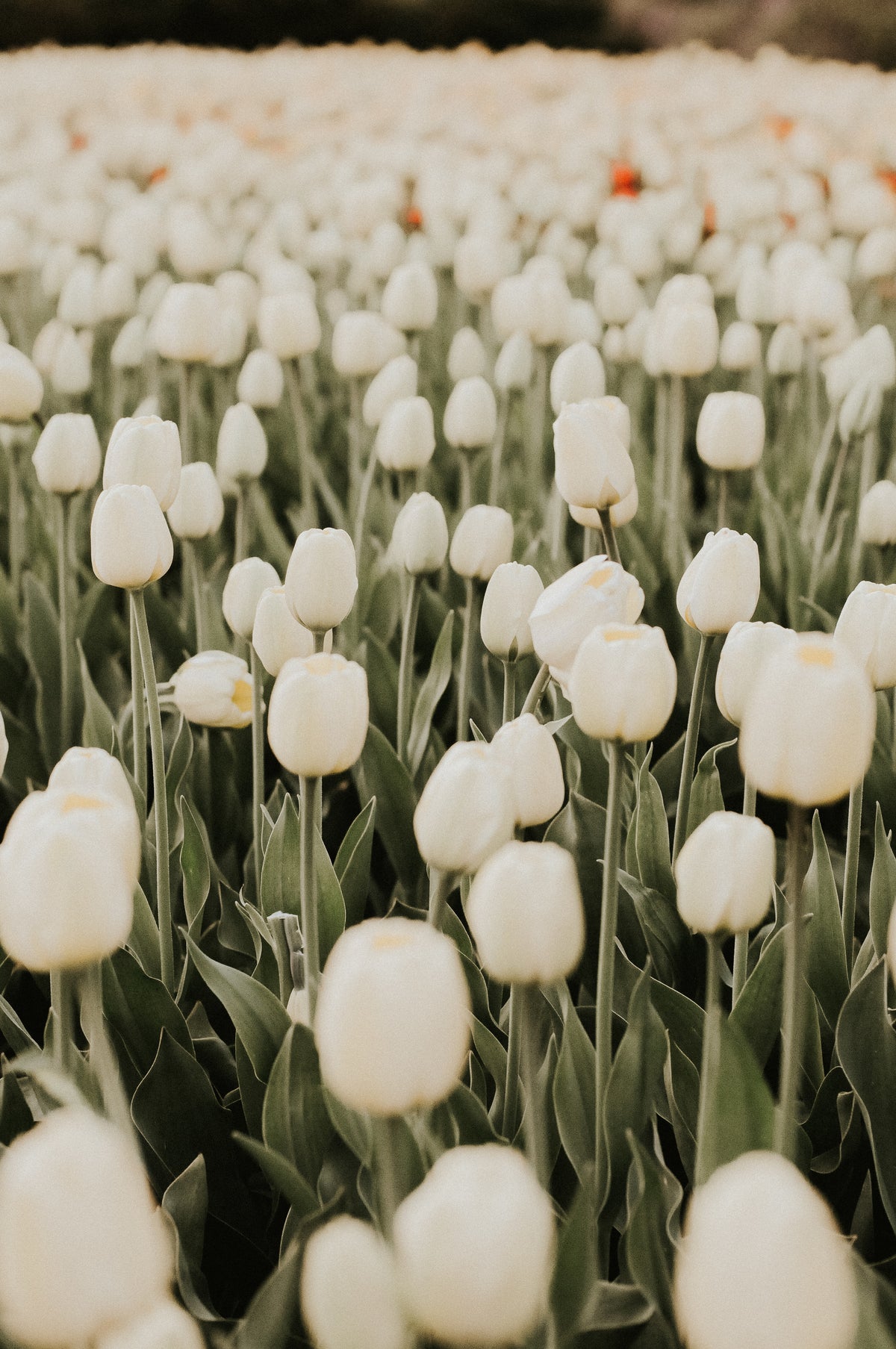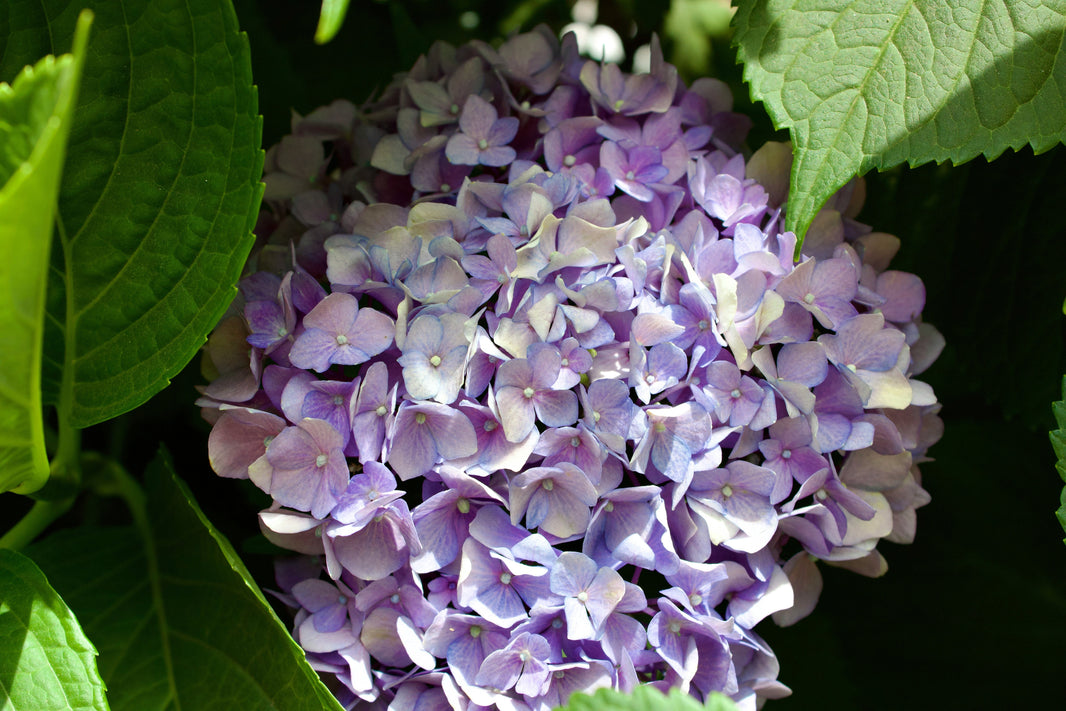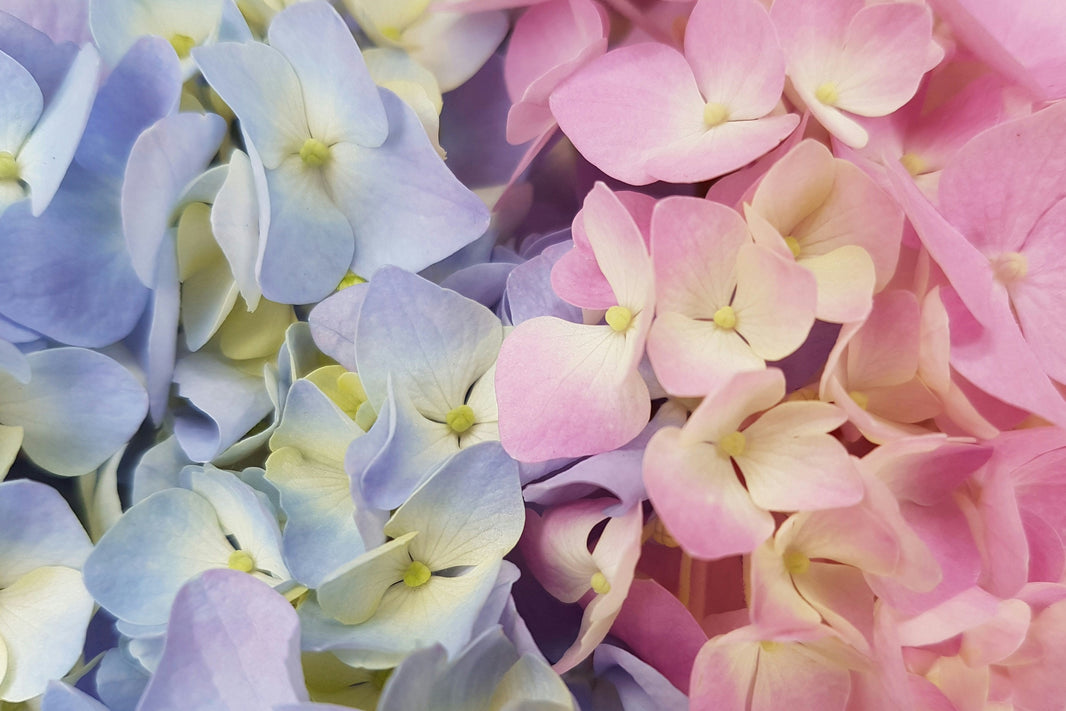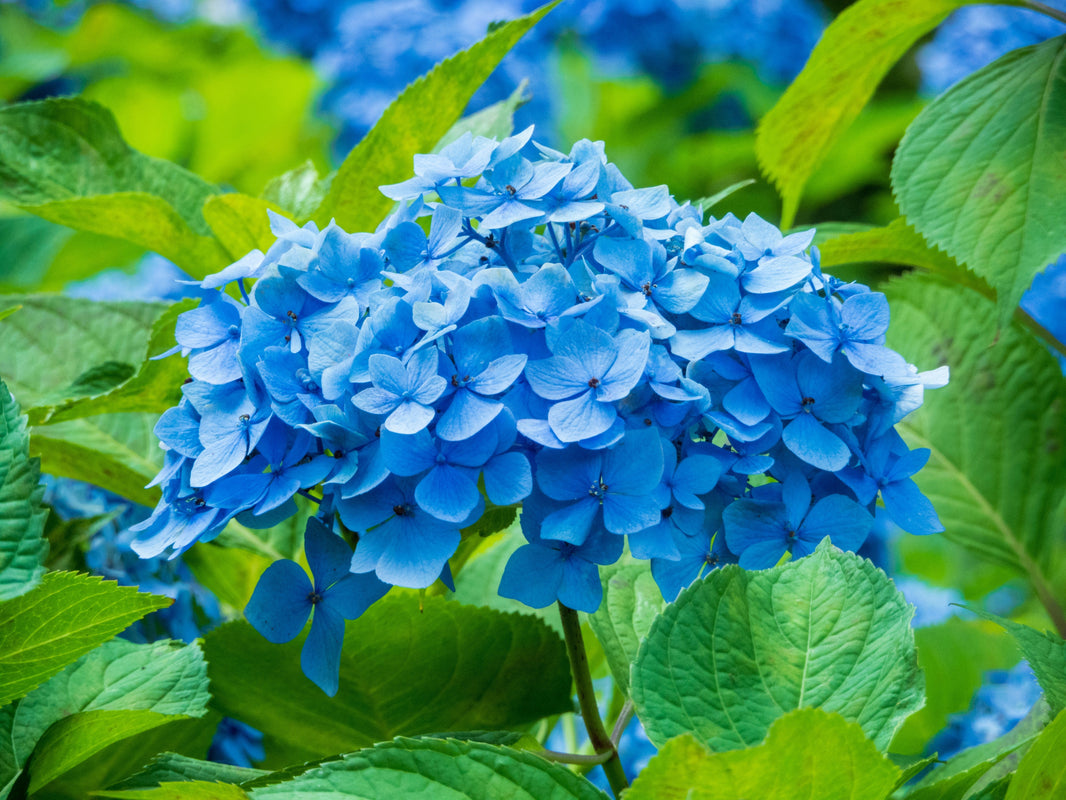When selecting roses for a bouquet, most people focus on the symbolic meaning of the color—red for love, yellow for friendship, pink for admiration. But few stop to ask whether rose color also plays a role in how long the flowers last after being cut. The truth is, different rose colors can vary in vase life, sometimes significantly.
This seemingly minor detail can make a big difference, especially for those looking to extend the beauty of their blooms. Whether you’re buying for a special occasion, gifting a loved one, or decorating your space, understanding which rose color lasts longest can help you get the most out of your floral purchase.
Long-lasting roses not only save money but also reduce waste and increase satisfaction. No one enjoys waking up to drooping petals and wilted stems just days after placing a bouquet in a vase. Identifying the most resilient rose colors empowers you to choose blooms that offer both beauty and longevity.
There are numerous factors that contribute to how long a rose lasts in a vase, including freshness at purchase, stem thickness, and storage conditions. However, petal pigment, texture, and natural density can also influence how long a particular rose color stays vibrant after cutting.
Some florists and growers have noted that lighter-colored roses may show signs of browning faster than deeper-colored ones. Others argue that rose color is just one part of a complex equation that determines bloom longevity. But emerging research and anecdotal evidence suggest that color might indeed play a larger role than previously thought.
In this comprehensive guide, we’ll analyze popular rose colors—red, white, pink, yellow, orange, and more—to determine which holds up best in a vase. We’ll also discuss how petal composition, pigment chemistry, and growing conditions affect vase life.
Whether you’re sourcing roses from a grocery store or purchasing premium wholesale flowers, this guide will help you make a well-informed decision. With some insight and a little science, you’ll be able to choose roses that not only look beautiful but last longer than expected.
The Science Behind Rose Color and Petal Longevity
Understanding how rose color influences vase life starts with a dive into petal biology. The color of a rose isn’t just for show—it’s the result of complex pigmentation that can directly impact the flower’s structural integrity and shelf life.
The primary pigments in roses are anthocyanins, flavonoids, and carotenoids. Each pigment type not only produces a specific range of hues but also affects how the petals age, dehydrate, and respond to light and temperature changes. These biological differences can mean the difference between a rose lasting five days or twelve.
For example, red and dark pink roses are rich in anthocyanins, which help strengthen cell walls and resist oxidative stress. This translates into slower wilting and longer-lasting blooms. By contrast, white and yellow roses often lack high concentrations of these antioxidants, potentially making them more susceptible to browning and petal collapse.
Another scientific factor is petal thickness. Darker roses, which often have more pigment, tend to have slightly thicker petals. These robust petals hold moisture longer and resist damage from light and air exposure. Thicker petals also provide a barrier against microbial attack, further extending vase life.
Temperature sensitivity is another variable. Lighter-colored petals—particularly white and pastel shades—are more prone to showing signs of stress, such as browning or curling, in warmer environments. This doesn’t necessarily mean they’re less durable, but they may appear wilted sooner than deeper-colored roses under the same conditions.
It’s also worth noting that some rose cultivars are bred specifically for their longevity. These may have been genetically selected for both color and vase life, which can complicate generalizations about rose color alone. However, among standard, commercially available roses, the color still remains a key longevity indicator.
Storage and transport also interact with pigmentation. Deeper-colored roses tend to tolerate shipping better due to their thicker structure. This means they arrive fresher and are less likely to suffer mechanical damage or dehydration during transit.
Finally, environmental growing conditions can influence pigment density, further tying color to longevity. Roses grown in bright sunlight and cooler climates tend to develop more saturated colors and stronger petals—both beneficial for post-cut endurance.
So, while rose color is just one piece of the puzzle, the science clearly supports the idea that darker, richer hues often have an edge when it comes to lasting longer in a vase. Understanding this can help consumers make smarter choices, especially when shopping for flowers with lasting appeal.
Red Roses: Romantic and Resilient
Red roses are the most iconic of all rose colors, symbolizing love, passion, and beauty. But beyond their symbolism, red roses are also among the most resilient cut flowers, frequently outlasting other colors in terms of vase life.
These blooms owe their longevity in part to their pigment composition. Rich in anthocyanins, red rose petals tend to be thicker and better at retaining moisture. This structural advantage slows the rate of wilting and protects against petal decay caused by air exposure or microbial activity.
When properly cared for, red roses can last up to 10–14 days in a vase, particularly when sourced fresh from reliable wholesale flower vendors like WholesaleFlowers.net. Their sturdy petals are less prone to browning, and their bold color helps hide small imperfections as they age.
Red roses also handle shipping and handling better than more delicate varieties. This durability makes them an excellent choice not only for romantic gestures but also for events, centerpieces, and floral installations that require staying power over several days.
In terms of hydration, red roses are particularly efficient. Their robust stem structure facilitates excellent water uptake, which is critical for maintaining bloom size and petal firmness. Regular trimming and clean water help optimize this process even further.
Another reason red roses last longer is their resistance to light damage. Unlike pale roses that may fade or yellow under indoor lighting, red roses maintain their deep, rich hue for much of their vase life. This visual stability adds to their appeal and ensures the arrangement looks fresh for longer.
Red roses are widely cultivated and available, but those offered through wholesale flower providers are often bred specifically for long stem length, petal thickness, and bloom longevity. These qualities make them a preferred option for professionals and floral enthusiasts alike.
If you’re looking for a classic flower that delivers both emotional impact and enduring beauty, red roses are a standout choice. Their color not only makes a strong impression—it helps preserve the quality of the bloom throughout its time in your vase.
By selecting premium red roses from a source like WholesaleFlowers.net, you ensure maximum longevity, vibrant appearance, and superior vase performance. These timeless blooms consistently prove why they’re one of the longest-lasting roses you can buy.
Whether it’s for Valentine’s Day, anniversaries, or everyday elegance, red roses provide a combination of symbolic meaning and practical durability that few other colors can match.
White Roses: Elegant but Sensitive
White roses exude elegance and purity, making them a popular choice for weddings, sympathy arrangements, and minimalist décor. However, despite their visual appeal, white roses are generally more sensitive and tend to have a shorter vase life than their darker counterparts.
The delicate appearance of white rose petals reflects their biology. These blooms typically contain fewer anthocyanins—the pigments responsible for durability and antioxidative strength in flower petals. With a thinner cell wall structure and reduced protection from environmental stressors, white roses are more susceptible to damage from light, heat, and bacteria.
One of the most common issues with white roses is petal browning. Even under ideal conditions, these flowers can begin to show signs of oxidation just a few days after being placed in a vase. While not always a sign of decay, this browning significantly affects the flower’s visual appeal and can make arrangements appear less fresh than they are.
Proper care can mitigate some of these vulnerabilities. Keeping white roses in a cool location, away from direct sunlight, and trimming their stems daily helps extend their lifespan. Using flower food that contains anti-bacterial agents can also slow down discoloration and petal decay.
Another factor is visibility. Because white roses show blemishes, bruises, and wilt more clearly than dark-colored blooms, even small imperfections become noticeable. This doesn’t necessarily mean they’re aging faster—it just means the signs of aging are more visible, which can be a disadvantage for aesthetic-focused displays.
That said, white roses sourced from high-quality wholesale vendors like WholesaleFlowers.net often last longer than their grocery store counterparts. Wholesale suppliers prioritize freshness and proper packaging, reducing the likelihood of early browning and petal damage during transit.
While not the most long-lasting roses, white roses can still provide several days of elegant beauty when properly maintained. They’re best used in settings where arrangements are replaced frequently, such as weddings or special events, rather than long-term displays.
Blending white roses with longer-lasting flowers such as red roses or carnations can also help maintain bouquet freshness while preserving aesthetic contrast. This strategic combination ensures the bouquet remains attractive even as more delicate flowers begin to fade.
Ultimately, white roses are ideal for moments that call for understated elegance and emotional depth. Though they may not outlast other colors, their timeless appeal remains undeniable—especially when sourced and handled with care.
Pink Roses: Balanced Beauty and Longevity
Pink roses are a symbol of grace, admiration, and joy. They offer a softer alternative to the intensity of red roses while maintaining enough vibrancy to brighten any floral arrangement. In terms of vase life, pink roses strike a healthy balance between aesthetic appeal and durability.
The longevity of pink roses varies depending on the shade. Light pink varieties, similar to white roses, have thinner petals and are more susceptible to browning and wilting. Deeper shades like hot pink, however, tend to possess more anthocyanins, offering greater resistance to aging and environmental stress.
Generally, pink roses last 7 to 12 days in a vase when cared for correctly. Proper hydration, clean water, and consistent trimming are crucial. Pink roses respond particularly well to floral food, which helps preserve their delicate color and petal structure longer.
Pink roses are among the most commonly used blooms in mixed bouquets, especially for birthdays, baby showers, and romantic occasions. Their soft tones complement nearly any color palette and help create arrangements that are both delicate and eye-catching.
From a practical perspective, pink roses fare better than white but may not match the resilience of red or orange roses. Their medium petal thickness offers a good compromise—enough to retain moisture, but not so thick that they resist blooming.
One challenge with pink roses is fading. Over time, lighter varieties can develop yellow or brown edges, especially if exposed to heat or chemicals. Keeping them in shaded, cool environments significantly improves their vase life and visual appeal.
When sourced from wholesale vendors like WholesaleFlowers.net, pink roses often arrive in bud form, allowing them to bloom gradually over several days. This not only extends the display time but also adds a dynamic element to the bouquet as new flowers continue to open.
Professional florists often use pink roses in event arrangements for their reliable blooming behavior and compatibility with other long-lasting flowers. Their color adds charm without overpowering a composition, and their relatively strong performance makes them a go-to option for medium-term floral needs.
In summary, pink roses offer an excellent mix of longevity and elegance. While they require slightly more attention than red roses, their gentle allure and versatility make them a worthwhile addition to any floral arrangement.
Yellow Roses: Cheerful but Short-Lived
Yellow roses radiate happiness, friendship, and positivity. Their sunny hue makes them a popular choice for get-well bouquets, birthday arrangements, and casual home décor. However, when it comes to vase life, yellow roses often fall short compared to darker-colored varieties.
One of the challenges with yellow roses is their pigmentation. The carotenoids that give yellow roses their cheerful color do not offer the same antioxidative protection that anthocyanins do for red or pink roses. As a result, yellow roses are more vulnerable to stress and dehydration after being cut.
On average, yellow roses last 5 to 8 days in a vase, depending on how fresh they are when purchased and how well they are maintained. Their thinner petals and lighter color also make them more prone to visible bruising and browning, even under ideal conditions.
That said, the visual impact of yellow roses in the early days of their display can be striking. Their bright color enlivens any space and pairs well with other long-lasting flowers such as alstroemeria, sunflowers, or even red roses for a contrasting arrangement.
To extend their vase life, it’s important to trim yellow roses every couple of days, replace the water frequently, and keep them away from direct sunlight or heat sources. Adding a floral preservative with an antibacterial component can also delay the onset of decay.
Wholesale flowers—especially wholesale roses—from trusted sources like WholesaleFlowers.net generally perform better than those found in supermarkets. Their yellow roses are often fresher, more robust, and shipped with better care protocols, reducing early signs of deterioration.
Despite their shorter lifespan, yellow roses remain popular for their joyful appearance and symbolic warmth. They’re best used in short-term arrangements where their radiant energy can make the most impact during their freshest phase.
Creative florists often blend yellow roses with greenery and hardier flowers to mask signs of fading. This layering technique ensures that the bouquet remains attractive even as individual yellow roses begin to decline.
While not the top pick for longevity, yellow roses shine brightest when used strategically and sourced from high-quality suppliers. Their brilliant color and uplifting mood offer a burst of sunshine—perfect for meaningful yet temporary displays.
Orange Roses: Bold Hues with Impressive Durability
Orange roses are often overlooked but deserve recognition for their vibrant color and surprisingly long vase life. Representing enthusiasm, energy, and fascination, these blooms serve as a lively middle ground between the intensity of red roses and the brightness of yellow ones.
The pigment responsible for their bold hue—primarily a combination of carotenoids and anthocyanins—contributes to their structural resilience. This dual-pigment profile gives orange roses an edge in durability over yellow and even some pink varieties. With proper care, orange roses can last anywhere from 10 to 14 days in a vase.
Their thick petals are one of their strongest assets. These blooms resist wilting and discoloration more effectively than many other rose colors. The density of their petals helps retain moisture, slow bacterial infiltration, and preserve bloom shape over time.
Orange roses also perform well in varied environmental conditions. While all flowers benefit from cooler indoor temperatures, orange roses are less sensitive to moderate heat and indirect sunlight, making them ideal for event settings, displays, or homes without climate control.
When sourced from high-quality wholesale flower vendors like WholesaleFlowers.net, orange roses arrive at peak freshness. Their robust build and careful packaging ensure they’re delivered ready to thrive, with minimal damage or bruising from transit.
In floral design, orange roses bring energy and movement. They pair well with autumnal tones like burgundy and gold or with more neutral palettes for contrast. Their longevity makes them a smart choice for floral arrangements that need to look fresh for a week or more.
One tip for preserving orange roses is to avoid overcrowding in the vase. Giving each stem enough space encourages airflow and reduces mold and bacteria buildup. Regularly refreshing the water and using floral preservative further extends their impressive shelf life.
Professional florists often turn to orange roses for seasonal arrangements, promotions, or corporate events. Their visual impact, combined with their staying power, makes them a practical and striking option.
For those seeking a vibrant rose color that lasts, orange roses deliver beautifully. They’re long-lasting, visually stunning, and dependable—qualities that make them one of the top performers in the rose world.
Lavender Roses: Unique Beauty with Mixed Vase Life
Lavender roses are among the most unique and visually captivating blooms available. Their soft purple hue represents enchantment, love at first sight, and mystery. However, in terms of vase life, lavender roses are a mixed bag, with performance varying based on cultivar and care.
On average, lavender roses last between 6 to 10 days in a vase. Some varieties, especially those with a stronger purple tone, hold up slightly better than pale or pastel lavender shades, which are more susceptible to discoloration and bruising.
One of the challenges with lavender roses is pigment stability. While beautiful, the anthocyanin levels in lavender petals are lower than in red or deep pink roses. This can lead to quicker fading or petal curling, particularly if the flowers are exposed to warm environments or direct light.
That said, when sourced fresh from a reputable wholesale flower provider like WholesaleFlowers.net, lavender roses arrive in better condition than their retail-store counterparts. These wholesalers often handle rare or delicate varieties with extra care, increasing their chances of a longer vase life.
Proper hydration is crucial. Lavender roses tend to dehydrate quickly, so trimming stems frequently and ensuring a steady supply of fresh water helps maintain petal firmness. It’s also recommended to avoid placing them near heat sources or ethylene-producing fruits, which can accelerate their decline.
Despite their sensitivity, lavender roses remain popular for weddings, anniversaries, and special occasions. Their rarity and romantic hue make them memorable additions to bouquets—even if they require a bit more maintenance to keep looking their best.
These roses also pair beautifully with other long-lasting flowers, such as white lilies or soft pink alstroemeria. Combining them strategically can help offset the visual impact of any early fading and extend the overall life of the arrangement.
Lavender roses are a wonderful option for short-to-mid-term use. Their unique color and symbolic meaning make them worth the extra effort for special moments when aesthetic impact matters most.
For those willing to provide attentive care, lavender roses reward you with one-of-a-kind beauty. When sourced from expert wholesale vendors, their vase life is significantly improved, making them a viable choice for elegant and distinctive floral designs.
Bicolor and Variegated Roses: How Do They Hold Up?
Bicolor and variegated roses—roses with petals featuring multiple colors or gradients—offer a striking alternative to traditional solid-colored blooms. These roses are visually stunning, often combining shades like red and yellow, orange and pink, or even purple and cream. But does this added color complexity affect their longevity?
In general, bicolor roses tend to have an average vase life of 7 to 12 days. Their performance largely depends on the dominant color and the cultivar used. For example, a bicolor rose with red as its primary pigment often outlasts one where white or yellow dominates, due to the durability provided by higher anthocyanin content.
The structure of variegated petals is comparable to their single-hued counterparts, but some florists have noted that the lighter portions of the petals may begin to fade or brown faster. This is especially true if the rose features thin, pale outer edges that are more vulnerable to dehydration and sun exposure.
Proper hydration and cool storage are key for extending the life of these roses. Trimming the stems regularly and using a flower preservative can help balance moisture across the petal surface and slow any uneven aging that may appear in multicolored blooms.
Wholesale vendors like WholesaleFlowers.net provide a diverse selection of bicolor roses, many of which are bred for enhanced durability and color retention. These specialty roses are typically handled with precision, ensuring that they arrive in excellent condition and maintain their vibrant appearance longer.
In floral arrangements, bicolor roses serve as focal points. Their bold color contrast naturally draws the eye, making them excellent for modern bouquets, event displays, or accent pieces. Their moderate to long vase life ensures they hold up well through multi-day events or home use.
Another benefit of bicolor roses is that they often show aging more gracefully. As colors soften or fade, the gradient effect can hide minor imperfections better than solid-colored blooms, maintaining visual appeal even as the flower matures.
For best results, pair bicolor roses with supportive blooms like carnations, eucalyptus, or baby’s breath. This combination helps cushion the rose heads, reduces water competition, and preserves the aesthetic of the entire arrangement.
If you’re looking for a rose that offers both personality and performance, bicolor varieties provide the best of both worlds. While not always the longest-lasting, they bring unique charm and medium-to-high durability to any bouquet.
Conclusion: Choosing Rose Colors That Last—and Where to Get Them
When it comes to vase life, not all roses are created equal. Some rose colors naturally last longer than others due to differences in petal structure, pigment concentration, and environmental resilience. Understanding how these factors work together helps you select the best rose color for beauty and longevity.
Among the top performers, red and orange roses stand out as some of the most long-lasting roses. Their thick petals and rich anthocyanin content make them durable, vibrant, and less prone to wilting. These rose colors consistently outperform others in terms of staying power and appearance over time.
Pink roses offer a solid middle ground, balancing charm with decent durability. Lavender and yellow roses, while beautiful and symbolic, are more delicate and require extra care. White roses, though timeless and elegant, tend to show wear quickly and are best suited for short-term displays.
Bicolor and variegated roses deliver artistic flair with moderate longevity, depending on the dominant hues and how well they’re cared for. With thoughtful maintenance, they can remain fresh and impressive for days, making them a great addition to creative floral designs.
No matter which rose color you choose, the key to maximizing vase life is starting with the freshest flowers possible. That’s where wholesale roses come into play. Unlike flowers that have been sitting on grocery store shelves for days, wholesale roses are typically cut fresh and shipped directly, ensuring optimal quality and longevity.
For the best selection and longest-lasting blooms, we recommend sourcing from WholesaleFlowers.net. Their roses are expertly handled, well-packaged, and offer a wider variety of colors and types than most retail options. Whether you need a dozen roses or hundreds for an event, they offer consistent quality and impressive performance.
If you’re serious about creating stunning, long-lasting arrangements, click here to explore the full collection available at WholesaleFlowers.net. From classic reds to exotic lavenders, you’ll find the perfect roses for any occasion.
By choosing the right rose color and the right supplier, you ensure that your arrangements not only look breathtaking but also stand the test of time. Your floral investment deserves nothing less.
Roses are timeless, but their longevity doesn’t have to be a mystery. With the right knowledge and the right wholesale partner, your vase can stay vibrant longer than ever.






